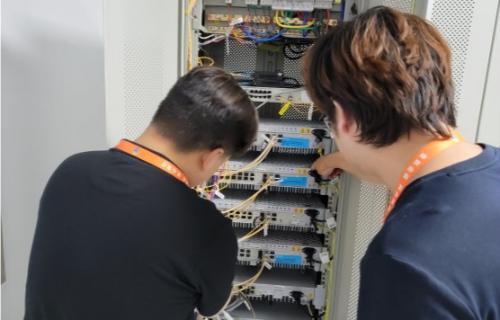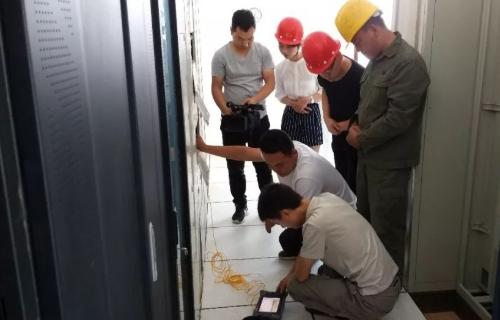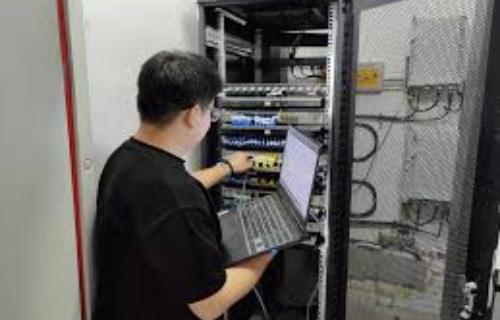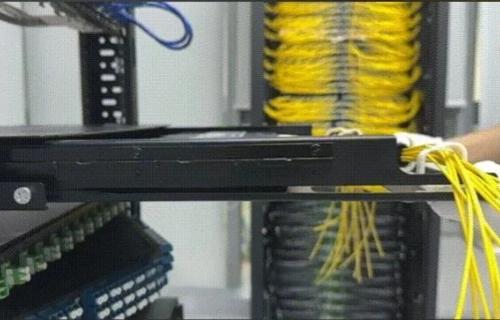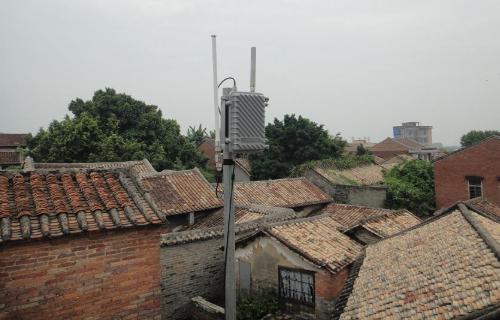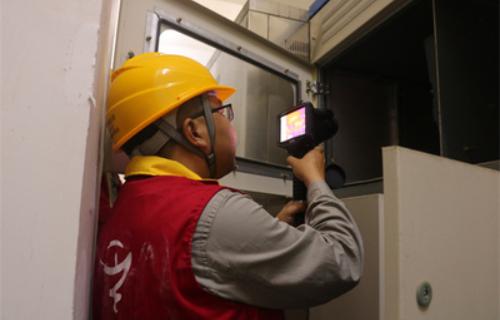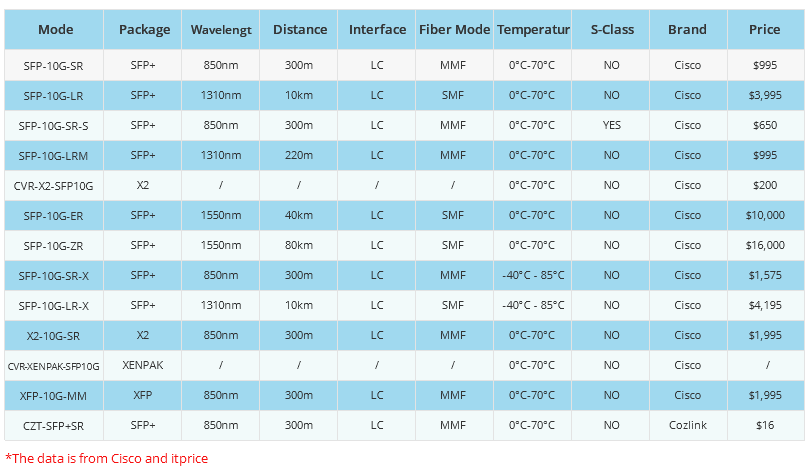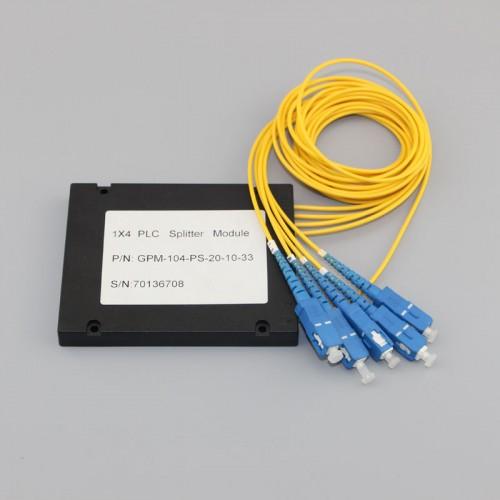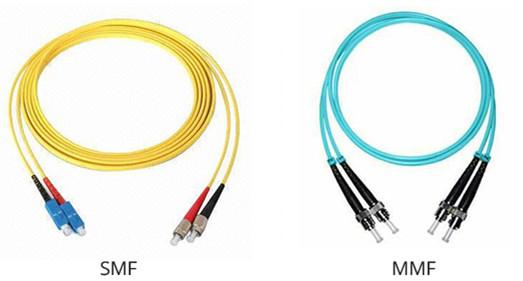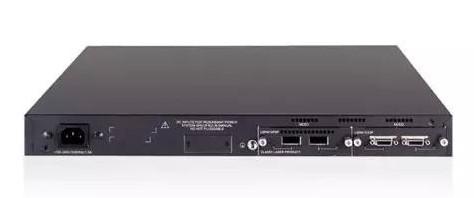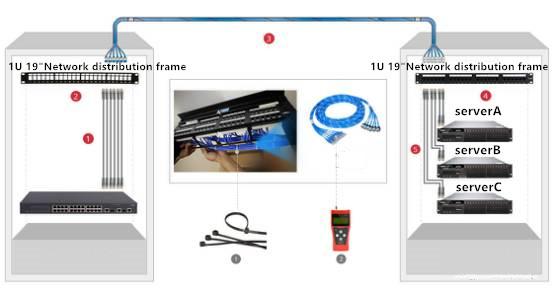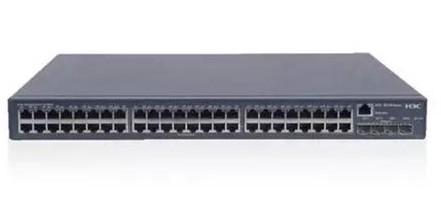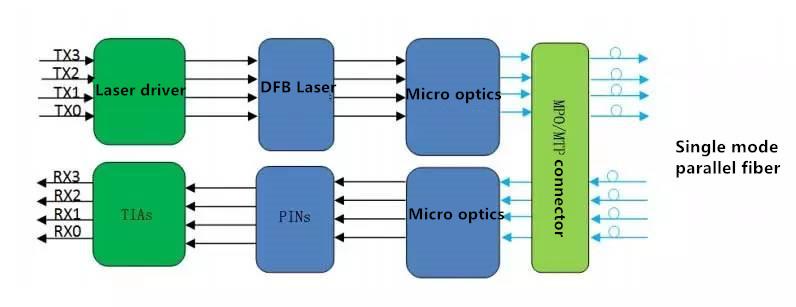- Related articles
- The Things You Need to Know about 40GBASE-KR4 Ethernet Standards
- All Cisco GLC-FE-100FX's information (List price, Specs, Datasheet PDF, Compatibility matr
- Optical Transceivers for Cisco SF350-48MP-K9-EU Switch
- Optical Transceivers for Cisco WS-C2960+24TC-S Switch
- Difference between GLC-LH-SM and GLC-LH-SMD
- Bi-Directional QSFP — 40GbE Over LC Duplex Multimode Fiber
- The Difference between Single Mode Fiber and Multi mode Fiber
- All Cisco DWDM-XENPAK-58.98's information (List price, Specs, Datasheet PDF, Compatibility
- All Cisco ONS-SC+-10G-LR's information (Overview, List price, Specs, Datasheet PDF, Compat
- All Cisco GLC-ZX-SM-RGD ’s Information (Overview, Features, Data Sheet PDF, Price, Specif

Definition:
Small form-factor pluggable (SFP) is a specification for a new generation of optical modular transceivers. The devices are designed for use with small form factor (SFF) connectors, and offer high speed and physical compactness. They are hot-swappable.

Compatibility
It is possible to design an SFP+ slot that can accept a standard small form-factor pluggable module. Some routing and Ethernet switch equipment allows for the use of a 10 Gbit/s transceiver at lower gigabit Ethernet speed, such as with a 1 Gbit/s 1310 nm LX small form-factor pluggable.
Applications
Small form-factor pluggable sockets are found in Ethernet switches, routers, firewalls and network interface cards. Storage interface cards, also called HBAs or Fibre Channel storage switches, also make use of these modules, supporting different speeds such as 2Gb, 4Gb, and 8Gb. Because of their low cost, low profile, and ability to provide a connection to different types of optical fiber, SFP provides such equipment with enhanced flexibility.
What Does SFP Stand for in Networking?
A small form-factor pluggable (SFP) transceiver is a compact, hot-swappable, input/output transceiver used in data communication and telecommunications networks. SFP interfaces between communication devices like switches, routers and fiber optic cables, and performs conversions between optical and electrical signals. SFP transceivers support communications standards including synchronous optical networking (SONET)/synchronous digital hierarchy (SDH), gigabit ethernet and fiber channel. They also allow the transport of fast Ethernet and gigabit Ethernet LAN packets over time-division-multiplexing-based WANs, as well as the transmission of E1/T1 streams over packet-switched networks. The SFP transceiver is specified by the SFP Transceiver Multi source Agreement (MSA), which was developed and is followed by different transceiver manufacturers. SFP Transceivers have a wide range of detachable interfaces to multi-mode/single-mode fiber optics, which allows users to select the appropriate transceiver according to the required optical range for the network.
Conclusion:
SFP transceivers are expected to perform at data speeds of up to five gigabits per second (5 Gbps), and possibly higher. SFP transceivers are also available with copper cable interfaces, which allows a host device designed primarily for optical fiber communications to also communicate over unshielded twisted pair networking cables. Modern optical SFP transceivers support digital diagnostics monitoring (DDM) functions, also known as digital optical monitoring (DOM). This feature gives users the ability to monitor the real-time parameters of SFP, such as optical output power, optical input power, temperature, laser-bias current and transceiver supply voltage.








































